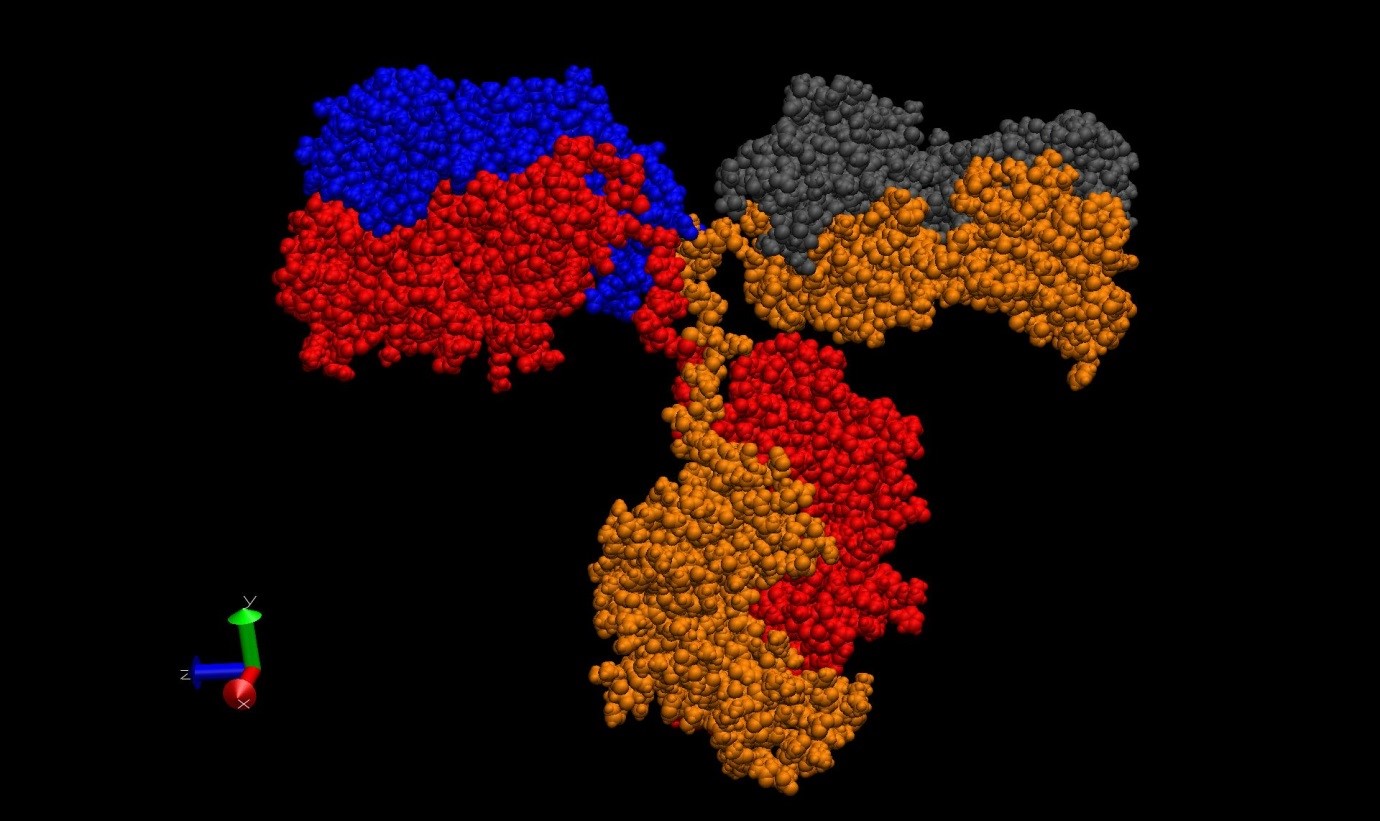High performance computing simulations and experiments help speed tests for bacteria and viruses
Areas of expertise:
Kits that help to detect various infectious illness caused by both viruses and bacteria, without the need for expensive laboratory tests, are a step closer thanks to an EPSRC Impact Acceleration Account project at the University of Strathclyde.
Two teams from the University of Strathclyde worked with Quantilyte, a new spin-out company being formed by Professor William Stimson, from the Strathclyde Institute of Pharmacy and Biomedical Sciences (SIPBS).
The EPSRC funded project aimed to enhance the design and manufacturing process of the high sensitivity immunoassay Point-of-Care (PoC) device that Quantilyte is commercialising. These are biochemical tests that measure the presence of particular molecules in a solution through the use of an antibody.
PoC devices are used for detecting viruses and bacteria. This technology circumvents the need for central laboratory testing with its unavoidable and substantial time-lag. The devices use enzyme-linked immunosorbant assay (ELISA), with antibodies (proteins produced by the immune system to defend the body against the infection) to detect viruses and bacteria. Faster results improve clinical outcomes for the patient.
PoC devices can test for numerous antibodies at once so they are more cost effective than traditional tests. The key criteria for success from a medical and market point of view for the PoC devices are their high sensitivity, accuracy, and lower manufacturing costs.
This project joined a computational research group from the Department of Chemical and Process Engineering at the University of Strathclyde with experimental groups from SIBPS and Quantilyte. They combined modern simulation techniques with advanced experimental results to gain a better understanding of antibody adsorption - a process driven by physical forces which results in immobilizing molecules on surfaces without creating chemical bonds.
This combination of approaches provided details of antibody adsorption on cheap, available substrate materials that are not accessible from other techniques and approaches. Quantilyte will use the findings to improve the functionality of a prototype PoC. They expect it to allow them to reduce its size and price.
The group from the Chemical and Process Engineering department, led by Dr Paul Alexander Mulheran, developed and performed the computer simulations of antibody interactions with solid surfaces. All the simulations were obtained using ARCHIE-WeSt, the EPSRC funded High Performance Computer Centre for the West of Scotland. The results guided complementary experimental tests performed by the research group led by Dr Valerie Ferro. Findings such as antibody structural changes in time, structure flexibility and most importantly, the unique structure pattern, which most probably drives the adsorption, were discussed with Quantilyte. The company then directed the researchers to the most interesting issues from its point of view.
This multidisciplinary IAA project not only prompted a new collaboration between the academic teams from the University of Strathclyde and Quantilyte, but also enhanced understanding that innovative projects have to use various techniques and approaches to be successful. The academic knowledge and expertise has been used to solve a real problem faced by industry.
On the other hand, Quantilyte’s industrial experience gave academics more understanding of real-world problems and possible applications of new technologies. They pointed to where improvements can be made, what subjects should be clarified and what processes need to be better controlled.
The project produced numerous ideas for new collaborative projects, such as more detailed studies of functionalised polymer surfaces. Currently Quantilyte is targeting a range of sectors with its PoC technology, including healthcare, environmental pollution and veterinary practice. The collaborative IAA project gave useful hints to Quantilyte where and how their PoC kits can be improved to achieve increased functionality with decreased costs to achieve better value for the money.
